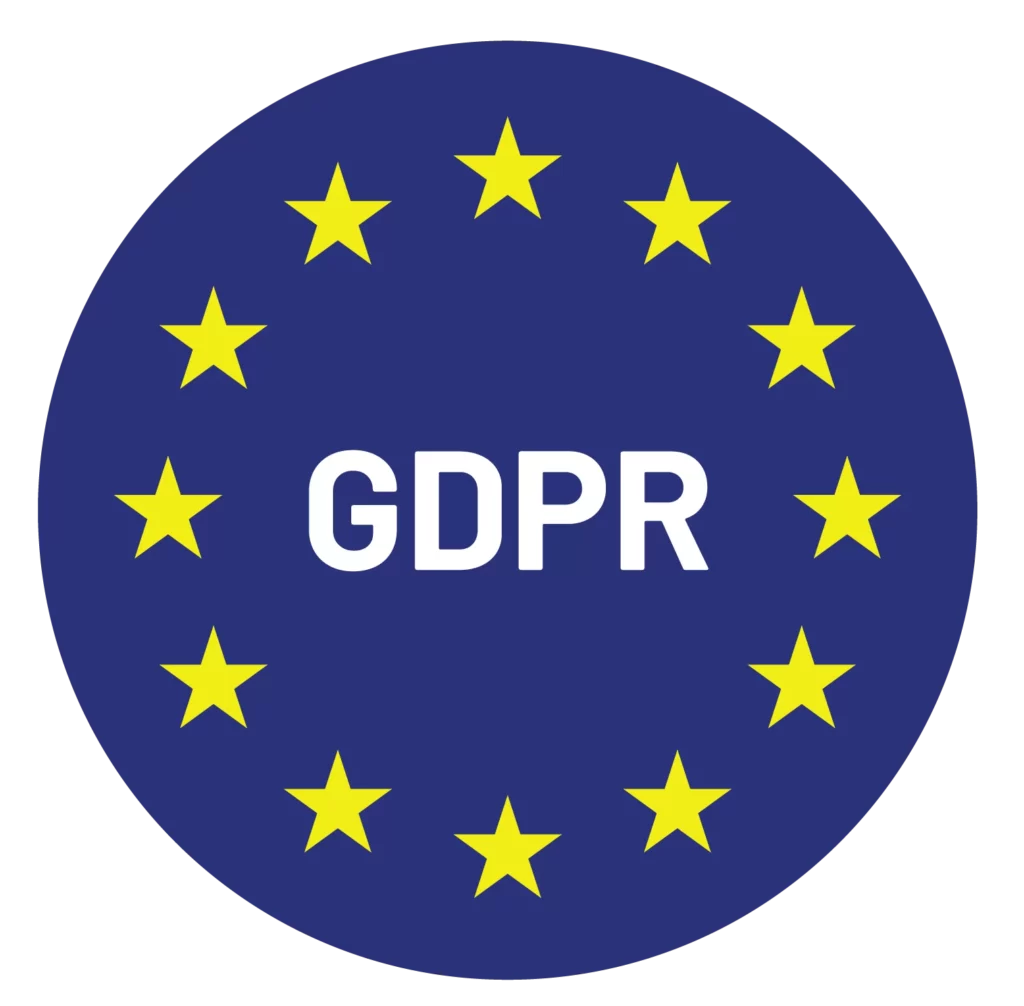Leadership coaches play a crucial role in helping individuals and organizations reach their full potential. However, the process of onboarding new clients can be a challenging task – especially if you’re running a coaching business with multiple coaches.
To streamline this process and ensure that both coaches and clients have a clear understanding of expectations and objectives, a well-designed new client onboarding form is essential.
In this article, we will explore the key elements and best practices for creating an effective new client onboarding form tailored specifically for leadership coaches.
The importance of a new client onboarding form
- Setting expectations: The onboarding form is the first point of contact between the coach and the client. It sets the stage for the entire coaching relationship by establishing expectations and goals.
- Efficient information gathering: A well-structured form helps coaches gather essential information about their clients, their challenges, and their objectives. This information serves as the foundation for creating personalized coaching plans.
Key elements of a new client onboarding form
- Personal information: Collect basic client information, including name, contact details, and relevant background information.
- Goals and objectives: Have clients outline their goals and what they hope to achieve through coaching. This section should encourage clients to be specific and realistic.
- Challenges and pain points: Ask clients to identify the challenges they are currently facing in their leadership roles. Understanding pain points helps you tailor your approach.
- Preferred coaching style: Learn about the client’s preferred coaching style, whether they respond better to direct feedback, collaborative discussions, or another approach.
- Scheduling and availability: Determine the client’s availability for coaching sessions and preferred communication methods.
Best practices for new client onboarding forms
- Keep it concise
While it’s important to gather essential information, avoid overwhelming clients with an excessively long form. Keep it concise and to the point.
- Digital accessibility
Consider using digital forms for easier data collection and storage. Tools like Google Forms or specialized client management software can streamline the process, but the best way forward is to use a digital coaching platform that will streamline the entire process.
With a digital coaching platform like Simply.Coach, you can create a custom onboarding form or use a template, send it out from the system, and collect responses in one place. This is particularly useful for coaching businesses or if you’re running a program and need to collect and sort through multiple forms at a time!
- Customization
Tailor your onboarding form to your coaching style and specific needs. What works for one leadership coach may not work for another. However, if you’re running a coaching business, make it a point to standardize your onboarding form for all your coaches – it must be branded with the company name and logo, and sent out to all clients for a cohesive experience.
Review and feedback
- Regular updates
Periodically review your onboarding form to ensure it remains up to date and aligned with your coaching practices.
- Client feedback
Encourage clients to provide feedback on the onboarding process. Their input can help you refine the form for future use.
Template: New client onboarding form for leadership coaches
1. Client Information
Full Name:
Email address:
Phone number:
Company/organization:
Position/title:
2. Goals and Objectives
Please describe your leadership goals and what you hope to achieve through coaching. Be as specific as possible.
3. Challenges and Pain Points
Outline the key challenges and pain points you are currently facing in your leadership role. This will help us tailor our coaching approach to your needs.
4. Preferred Coaching Style
Direct and assertive feedback
Collaborative and open discussions
Goal-oriented and structured approach
Other (please specify)
5. Scheduling and Availability
Preferred days/time for coaching sessions
Frequency of sessions (e.g., weekly, bi-weekly)
Duration of each session (e.g., 60 minutes)
Communication method (e.g., in-person, phone, video conferencing)
6. Additional Information
Is there any additional information or preferences you would like to share with your coach?
7. Client Agreement
I understand and agree to the terms and conditions of our coaching relationship. I acknowledge that coaching is a collaborative process, and I am committed to actively participating in the coaching sessions and working towards my leadership goals.
Client’s Signature: _______________________ Date: ______________
8. Coach’s Note
Please complete this form and return it to your coach before your first coaching session. Your coach will review your responses and use this information to better tailor your coaching experience.
Of course, you should customize this template to your requirements. If you’re an independent coach and not a coaching business, for example, you need not use language such as “your coach”.
Conclusion
An effective new client onboarding form is a vital tool for leadership coaches. It not only facilitates the initial stages of the coaching relationship but also sets the stage for success by ensuring that you have a clear understanding of your clients’ needs and goals. By following these best practices and customizing the form to suit your unique coaching style, you can enhance your onboarding process and provide more personalized support to your clients.

Content Marketing Consultant @ Simply.coach
Vaidehi is a content marketing consultant with a decade’s experience handling over 80 brands and multiple award-winning campaigns under her belt. When not working, you’ll find Vaidehi spending time with family, binge watching Netflix shows, and baking.
Read More:
12 Best Practices for Leadership Coaching Websites
10 Inspiring Blog Ideas for your Leadership Blog
5 Sources for Useful Leadership Resources You Can Share with Clients
LinkedIn Marketing Guide for Leadership Coaches
The Need for Coaching in the Healthcare Industry
5 Reasons Why Leadership Communication Skills Are Essential in Leadership Coaching
About Simply.Coach
Simply.Coach is an enterprise-grade coaching software designed to be used by individual coaches and coaching businesses. Trusted by ICF-accredited and EMCC-credentialed coaches worldwide, Simply.Coach is on a mission to elevate the experience and process of coaching with technology-led tools and solutions.









